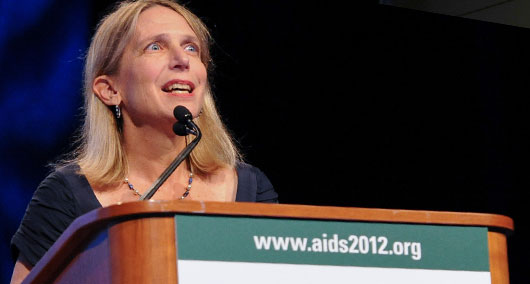
Dr. Diane Havlir, AIDS 2012 US Co-Chair, speaking at the opening session. © IAS/Ryan Rayburn - Commercialimage.net
However, this goal will only be achieved with the necessary political will and international solidarity.
Delegates at the opening ceremony of AIDS 2012 were reminded of recent research findings about prevention methods, which – if widely implemented – could lead to major reductions in the rates of HIV transmission and AIDS-related deaths.
These include:
- The use of HIV treatment as prevention.
- The rolling out of male circumcision programmes.
- The use of triple-drug HIV therapy during pregnancy and breastfeeding.
- Pre-exposure prophylaxis (PrEP).
- Intensified case finding for TB in patients with HIV, and HIV in patients with TB.
It was emphasised that these methods provide additional support to well-established methods of prevention, such as condom distribution, voluntary counselling and testing, and harm reduction for injecting drug users. However, all of these initiatives still need scaling-up in many parts of the world.
Delegates and supporters worldwide were encouraged to sign the Washington Declaration, a statement of the steps that need to be taken – based on the latest scientific evidence – to drive down new infections and increase the proportion of people who are receiving life-saving treatment:
- An increase in targeted investments.
- Ensure evidence-based HIV prevention, treatment and care in accord with the human rights of those at greatest risk and in greatest need.
- End stigma, discrimination, legal sanctions against people with and at risk of HIV.
- Markedly increase HIV testing, counselling and linkages to prevention, care and support services.
- Provide treatment for all pregnant and nursing women living with HIV and end perinatal transmission.
- Expand access to antiretroviral treatment to all in need.
- Identify, diagnose and treat TB.
- Accelerate research on new HIV prevention and treatment tools.
- Mobilisation and meaningful involvement of affected communities must be at the core of collective responses.

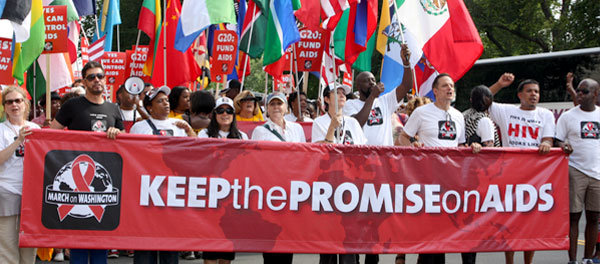


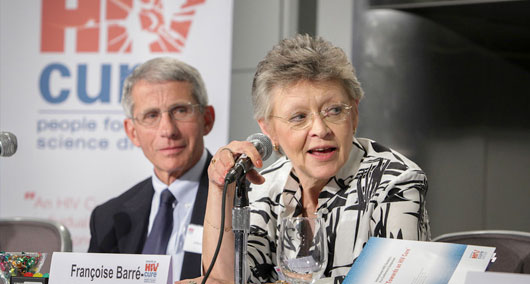
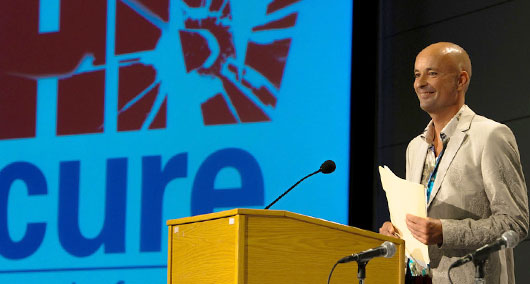
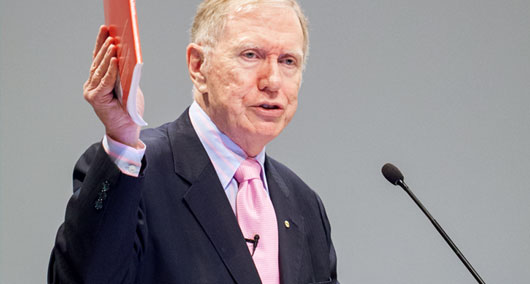
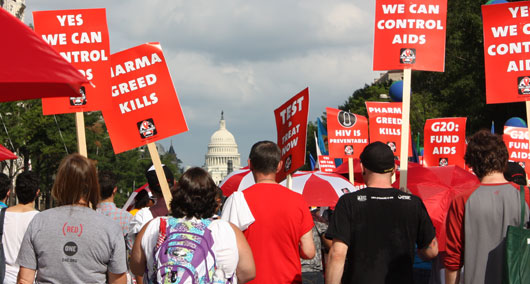
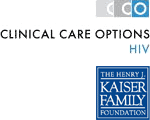



Connect with NAM on Facebook: Keep up to date with all the exciting projects, latest achievements and new developments that are going on in the world of NAM.
Follow NAM on twitter for links to hot off the press news stories from our editors covering key developments and conferences as they happen. Our news feed is linked to www.twitter.com/aidsmap_news and we also tweet from www.twitter.com/aidsmap.
Follow all the conference news by subscribing to our RSS feeds.